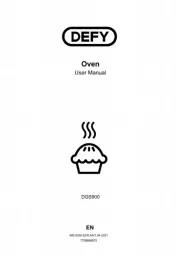Vulcan V4B36 Manual
Læs gratis den danske manual til Vulcan V4B36 (36 sider) i kategorien Komfur. Denne vejledning er vurderet som hjælpsom af 20 personer og har en gennemsnitlig bedømmelse på 4.6 stjerner ud af 10.5 anmeldelser.
Har du et spørgsmål om Vulcan V4B36, eller vil du spørge andre brugere om produktet?

Produkt Specifikationer
| Mærke: | Vulcan |
| Kategori: | Komfur |
| Model: | V4B36 |
Har du brug for hjælp?
Hvis du har brug for hjælp til Vulcan V4B36 stil et spørgsmål nedenfor, og andre brugere vil svare dig
Komfur Vulcan Manualer

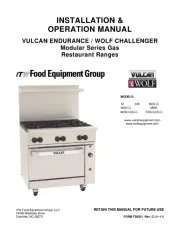
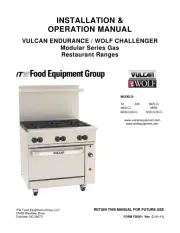
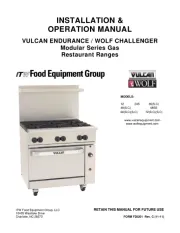
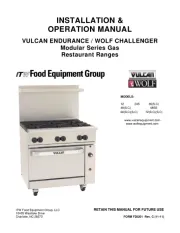
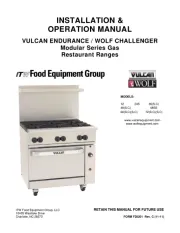
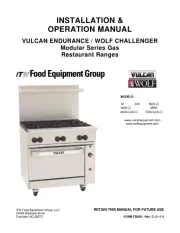
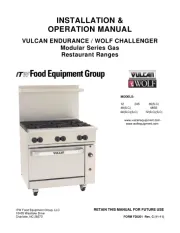
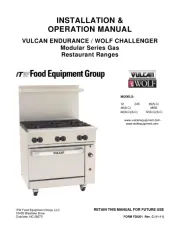
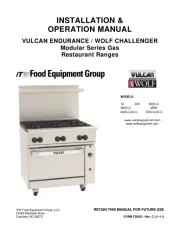
Komfur Manualer
- Kaiser
- Piazzetta
- Premium
- Edesa
- Porter & Charles
- Whirlpool
- Animo
- Coleman
- Modena
- Veripart
- Tripp Lite
- Beper
- Bompani
- König
- Mirage
Nyeste Komfur Manualer








